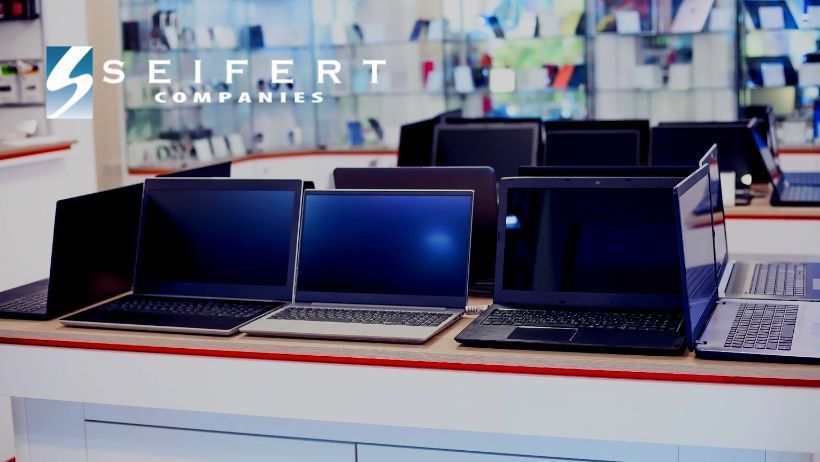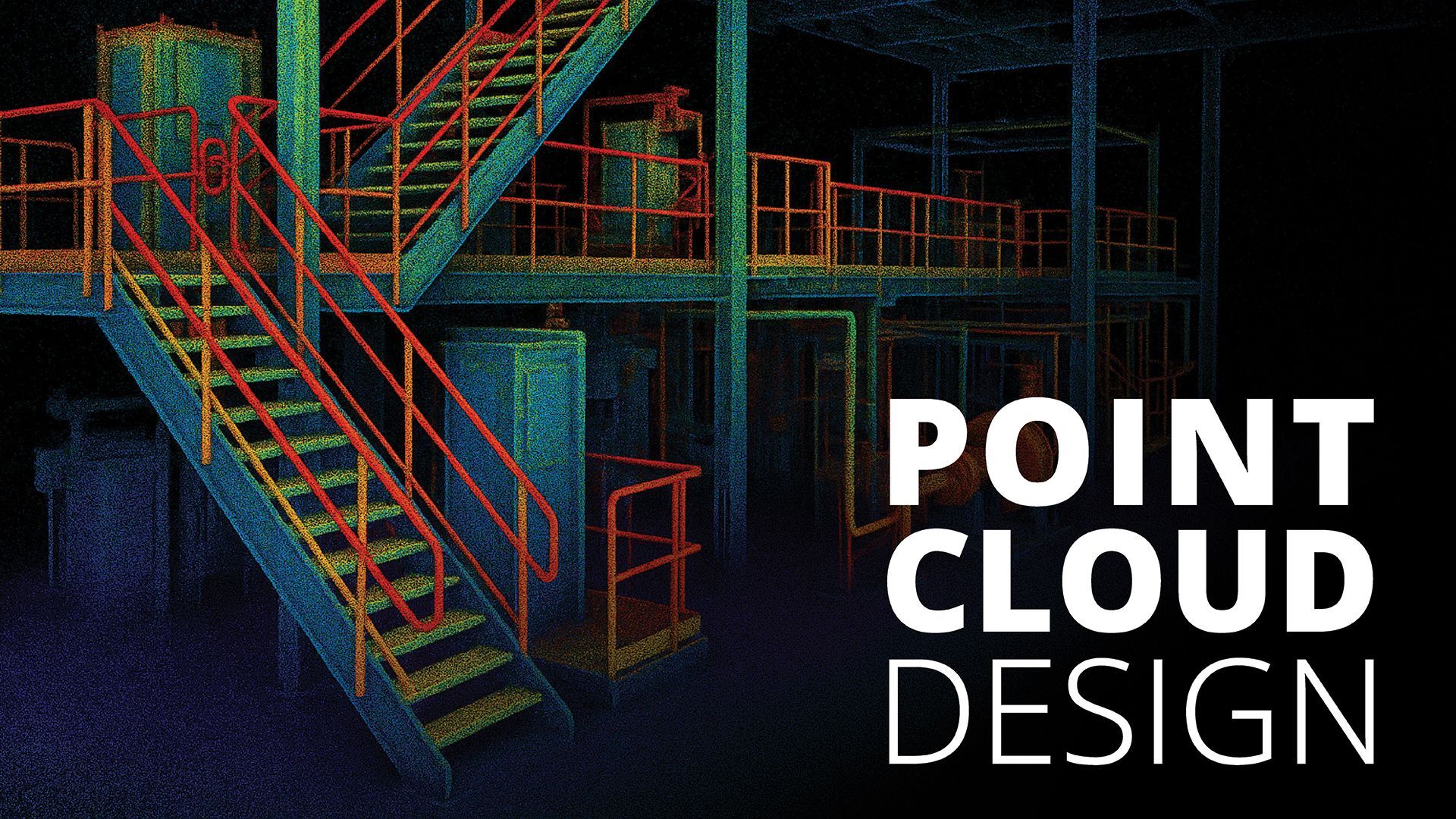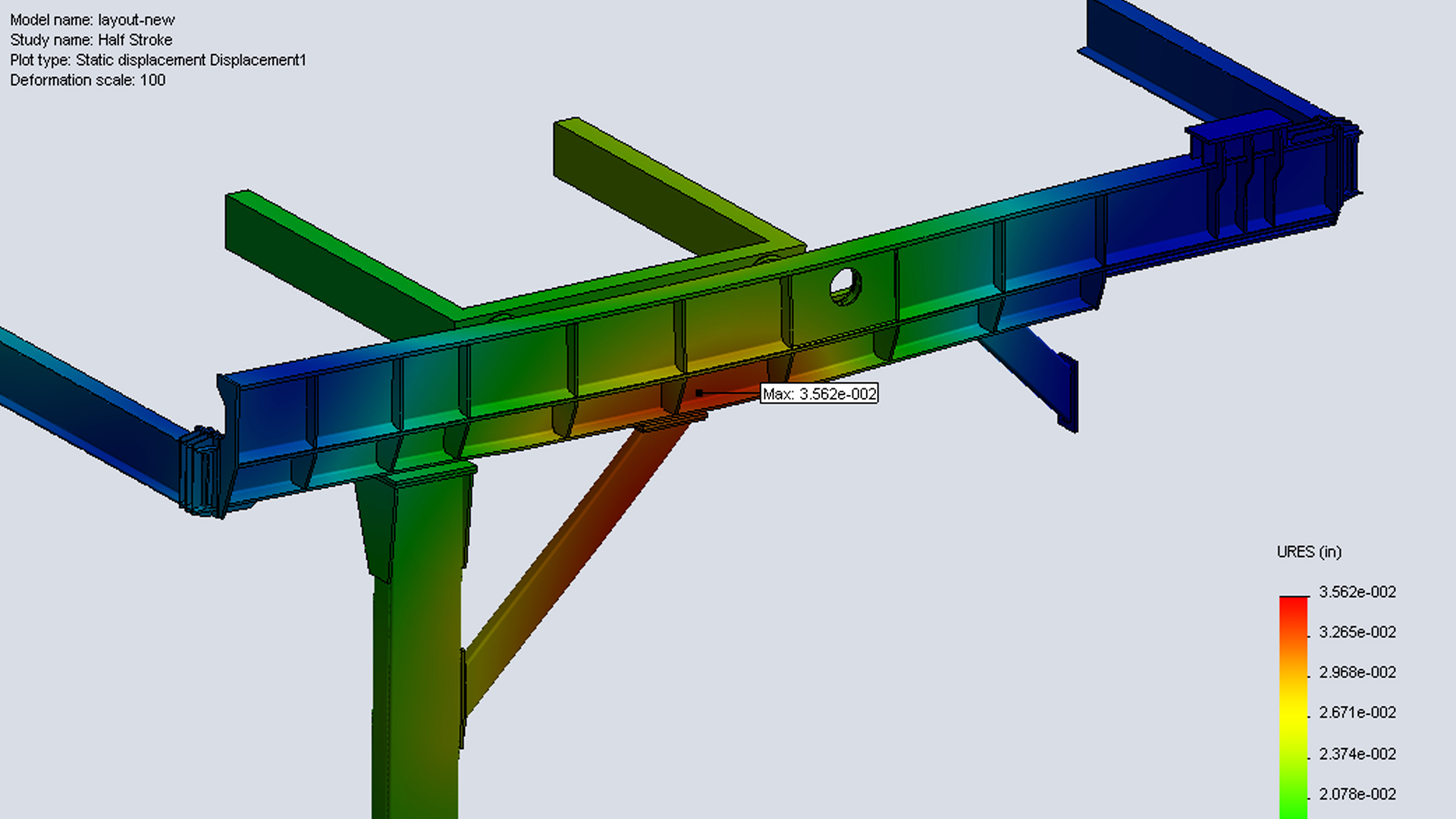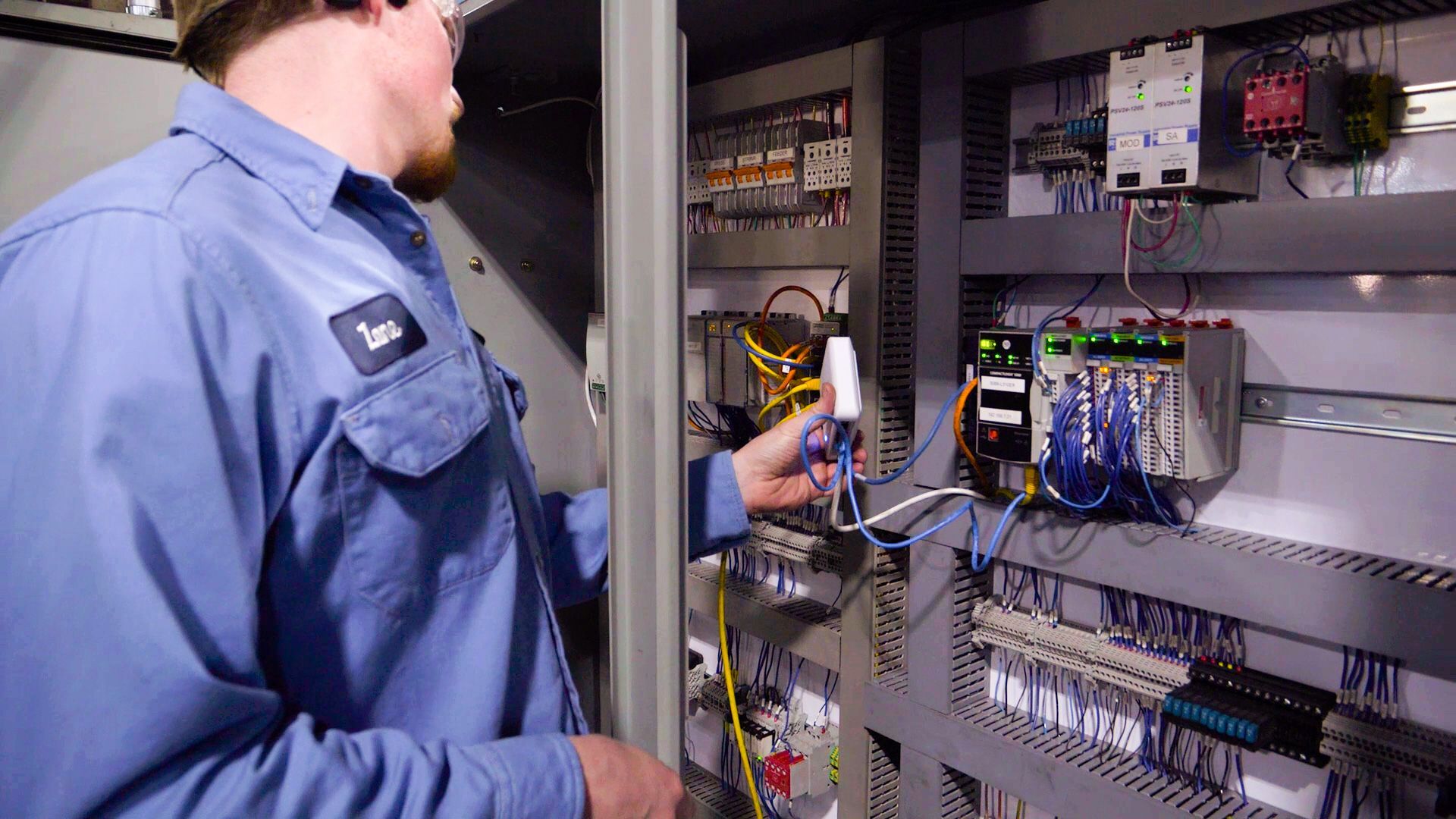Windows 8 Technology Reaching End of Life in 2023

It's official, Microsoft has ended support for Windows 8.1. Windows 8.1 has been one of Microsoft's most prominent operating systems up until now. The extended support to the versions that came before Windows 10 came to an end on January 10th, 2023. What does this mean for Microsoft users?
What Does End of Support Mean?
When a version of Microsoft comes to an end, they state that it has reached "end of support." If you're familiar with Microsoft, you've most likely heard or seen this phrase. You may not know exactly what that means, though. Microsoft launches different versions of Windows for a specific period. During this period, that version receives security updates, technical support, and quality updates. Once the support period ends, that's where it gets complicated. The Windows version will continue working, but it will stop receiving regular updates.
Microsoft provides two kinds of support. They provide Mainstream Support, and Extended Support. Microsoft provides mainstream support for the first five years of a version's lifecycle. As an example, Microsoft launched Windows 8.1 back in November 2013. This means that they offered Windows 8.1 mainstream support until January 2018. It has been on an Extended Support Update since 2018, when mainstream support ended. Now that Windows 8.1 has reached end of support, extended support has come to an end also. So, as of today, if you are using Windows 8.1 on your systems, it will continue to function. It will no longer receive any type of technical support or regular updates.
Why Is This Bad?
Once mainstream and extended support have ended, your system is then at risk. After end of support, your system becomes vulnerable. There's a high potential for viruses, malware, and or security threats. This is bad for obvious reasons. Another issue is the apps on the system. With time, companies will stop developing apps for Windows 8.1, knowing it's a dead platform. Also, Microsoft will not be offering an Extended Security Update (ESU) program for Windows 8.1. They have made this very clear. Using the software after its end of life increases exposure to security risks. It can also impact the ability to meet compliance obligations for companies.
Microsoft 365 Apps is no longer supported on Windows 8.1 after it's reached the end of support date. If you're running Microsoft 365 on Windows 8.1, you'll no longer receive updates for the Office apps. This includes features, security, and other quality updates. It will create performance and reliability issues if you're still using it. This can cause problems for those who rely on these apps for work or personal use.
Staying Supported on Windows- Your Options
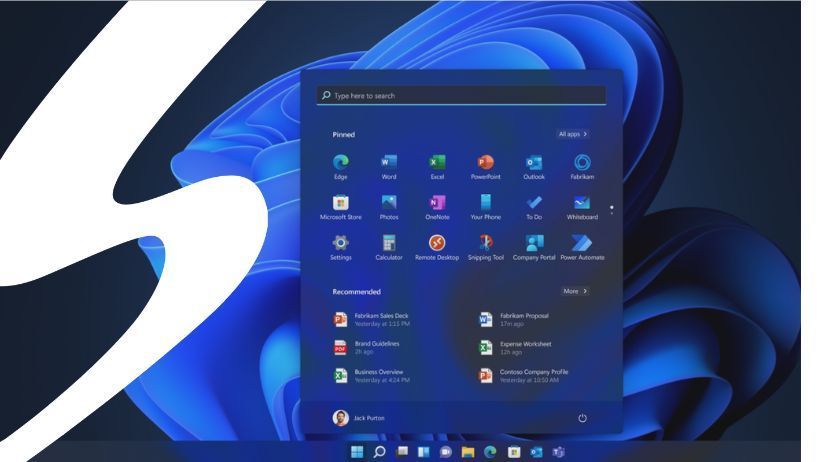
Now that we've discussed what end of support means and why it can be dangerous, what should you do? To receive regular updates and technical support from Microsoft, you need to upgrade. You currently have the option of upgrading to Windows 10 or Windows 11. What's the difference?
Windows 10 came out in July 2015. Microsoft will be supporting Windows 10 until October 2025. This means you still have time to upgrade your system to Windows 10. This can be a good option for older devices. Most of the systems using Windows 8.1 right now will support Windows 10. If your system has issues and can't update to Windows 11, try updating to Windows 10 instead. It's a more advanced, safer version of Windows 8.1.
Windows 11 is the latest Windows version, which came out in October 2021. It has the most features since it's the newest version. If you are still using Windows 8.1, there's a possibility that your system might not support Windows 11. If it does, you'll need to follow certain specifications before you're able to update to Windows 11. To update, you need to reinstall all the applications with their latest versions. If you're currently running Windows 8.1 and your system isn't supported, you have a decision to make. Windows 10 is still active and supported, but it too, will reach end of support in a couple years. It might be time for an upgrade if you're still using a system that runs Windows 8.1. If you're PC doesn't support the newest update, it may be time to look at buying a new system. Buying a new device will keep you safe for a longer period of time. You'll have a while before you need to think about replacement again. A new system will be faster and more compatible with the latest Windows version. You'll also get built-in security without any extra costs.
The Next Steps
Windows 11 is the safest and most effective way to ensure you have supported systems. Whether you achieve this through updating or purchasing new, it's something to consider. Windows 11 offers new features alongside the same features you already know and love.
If your system is too old to support Windows 11, Windows 10 is still a better option than Windows 8.1. Anything supported is better than something that no longer is. Regardless of how you upgrade, you need to get away from Windows 8.1 as soon as possible. While it still works, you're putting your system and data at risk. Microsoft's good at maintaining compatibility. If you have old apps installed on your computer, it will continue to work as it did when it released. Microsoft updates are also free. Windows 10/11 updates will remain free for the lifespan of the operating system.
Going forward, regardless of your choice, here are your next steps:
- Back up your files
- Make a copy of your BitLocker Recovery Key
- Check if your computer will support Windows 10 or 11
- Check your App Compatibility with Windows 10 or 11
